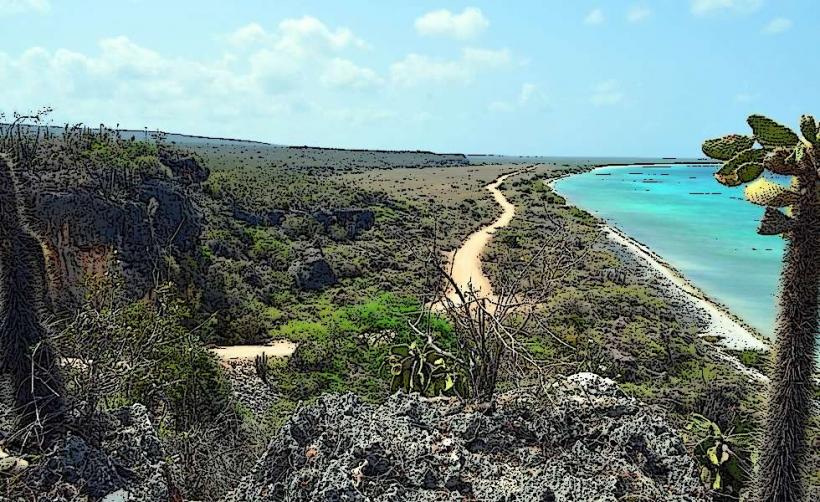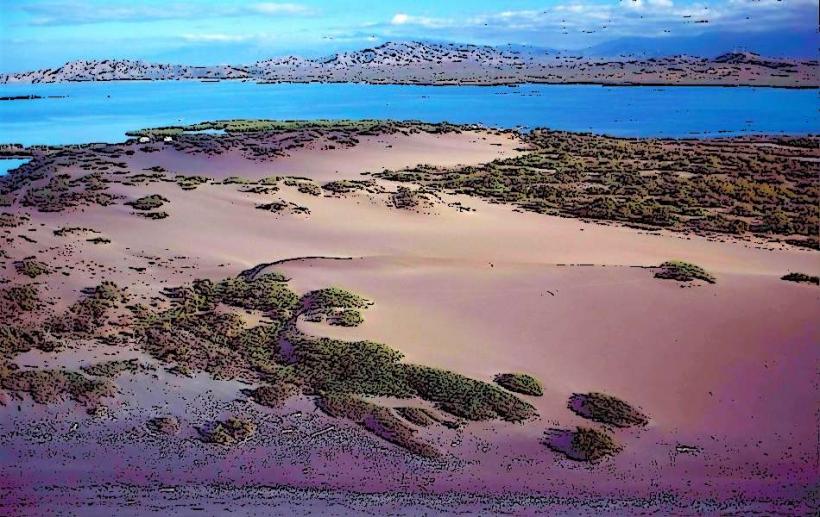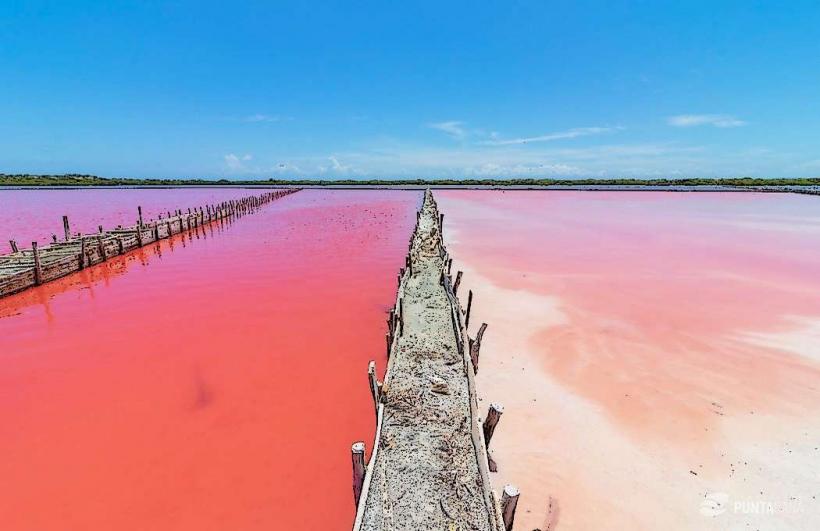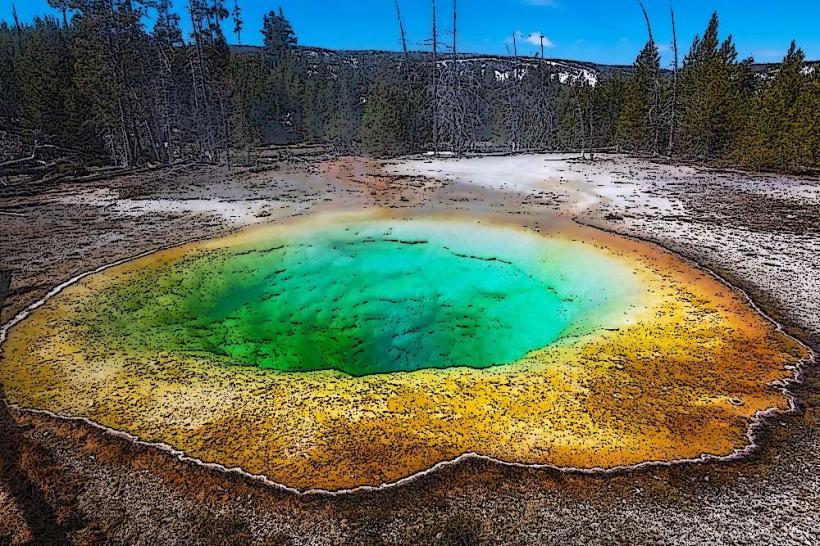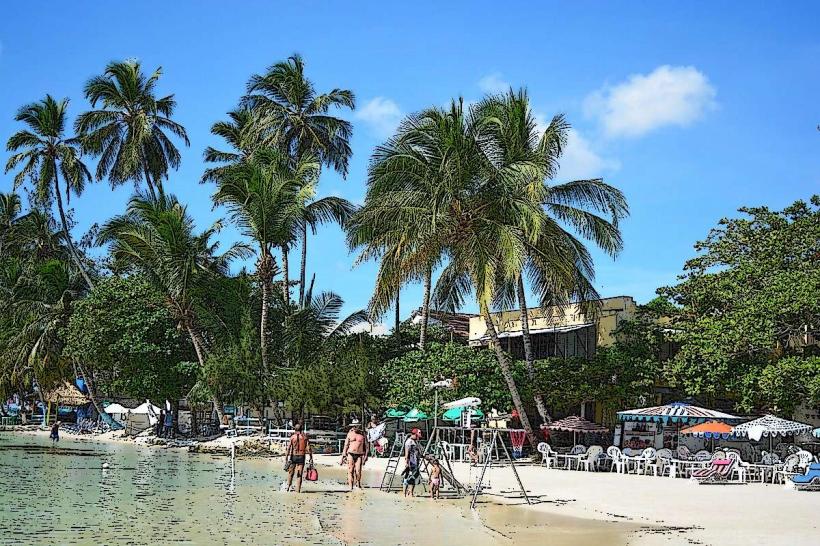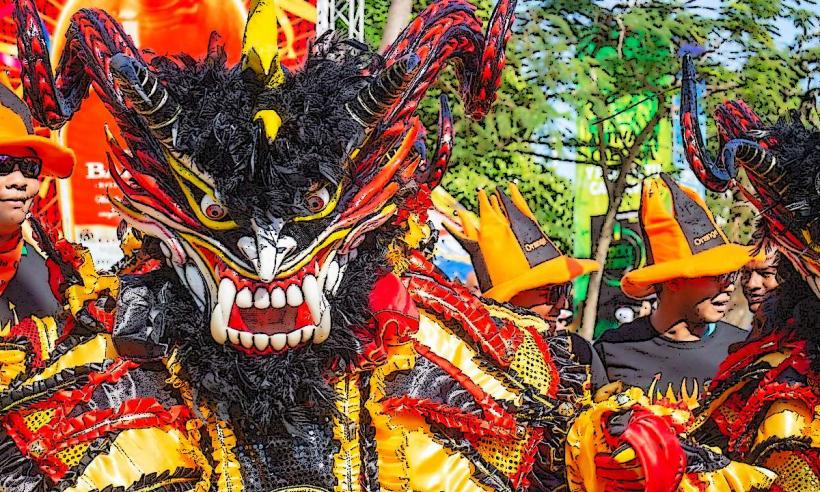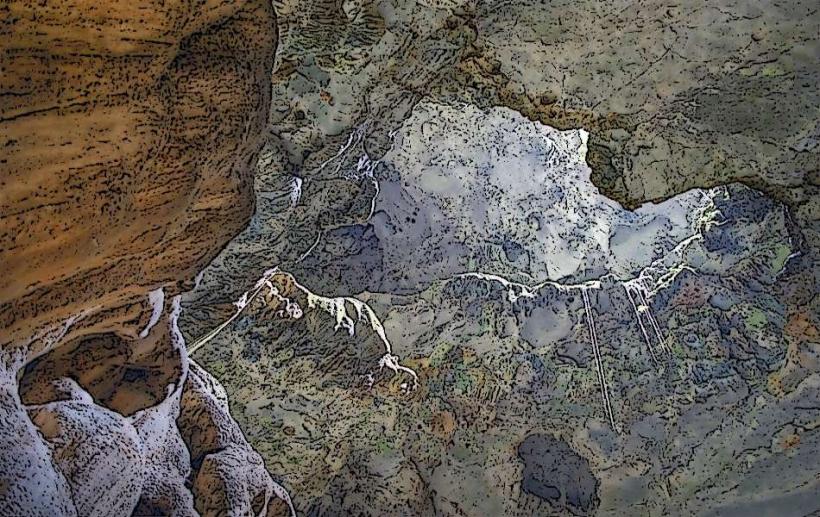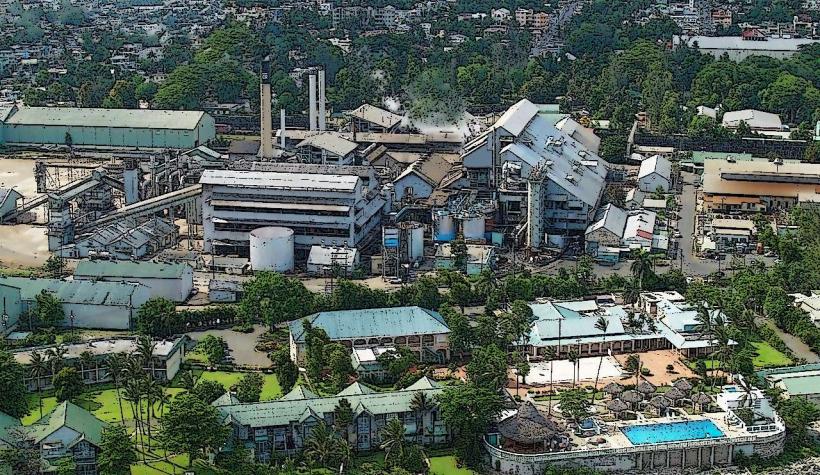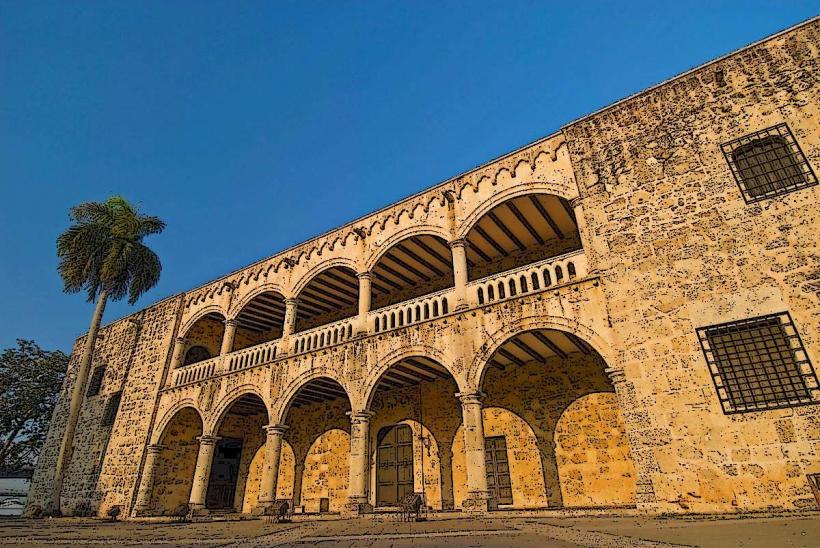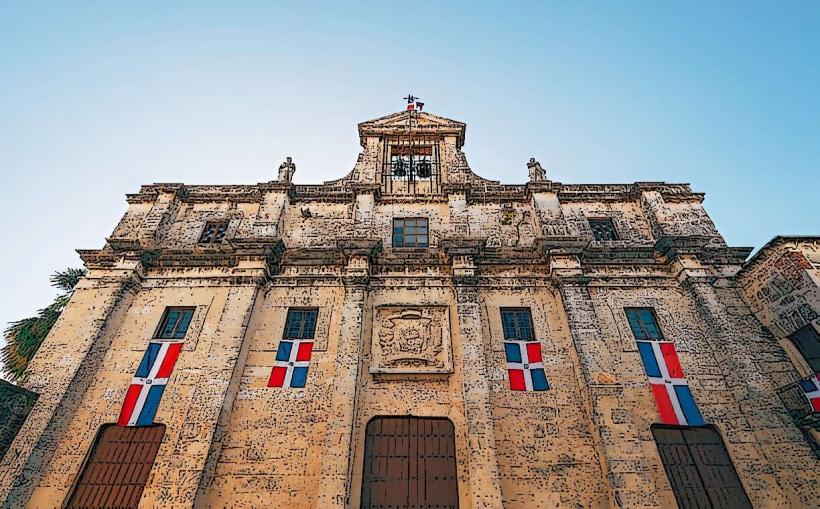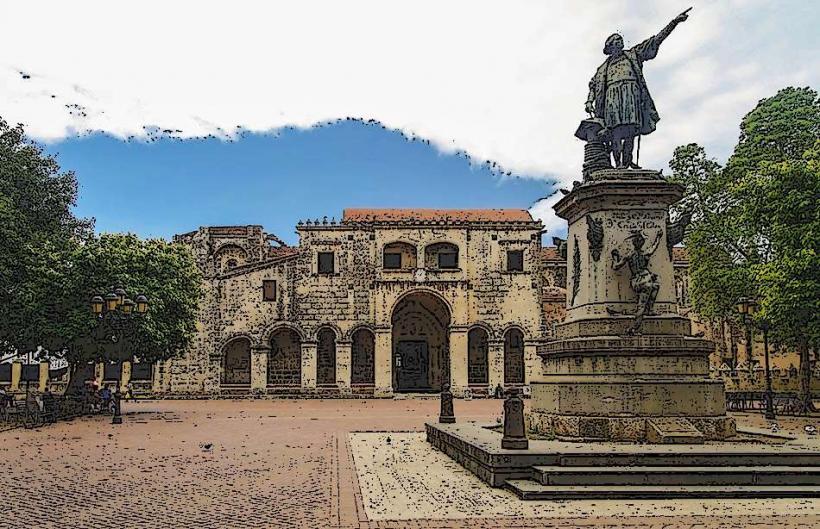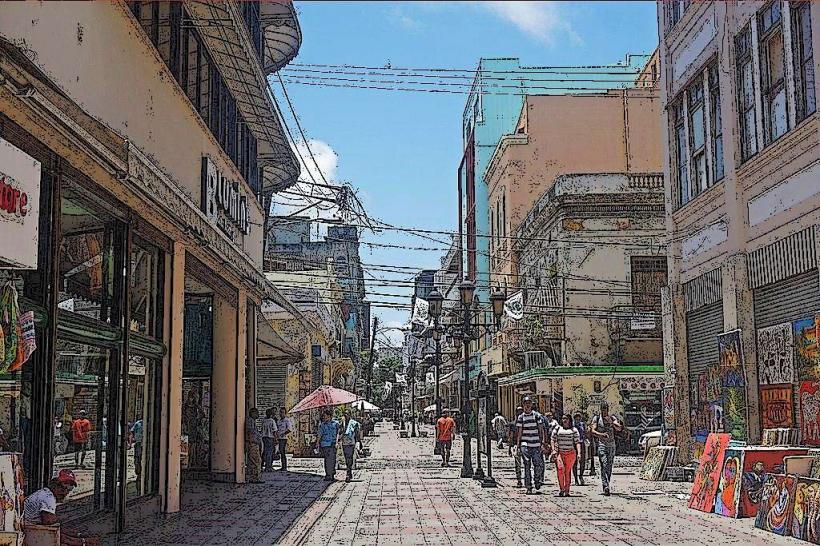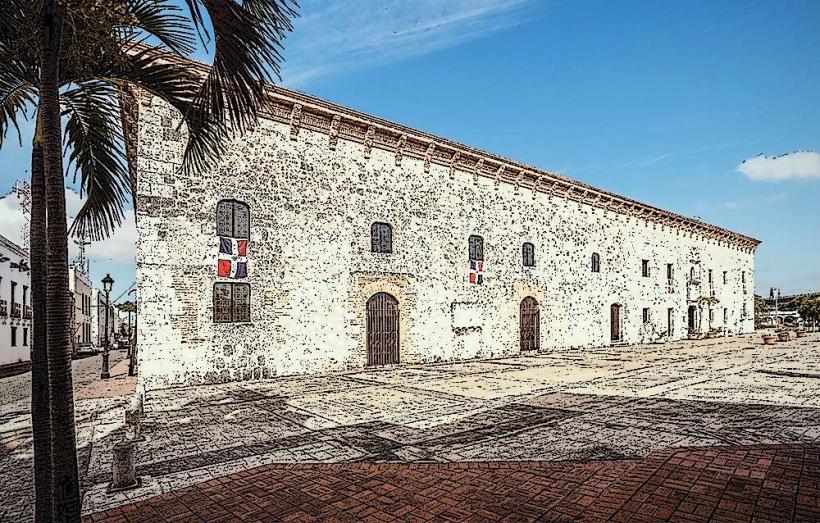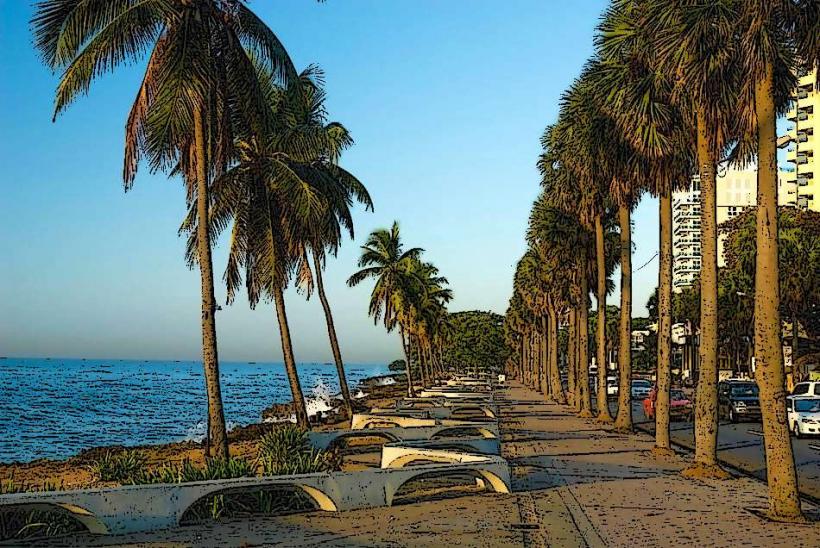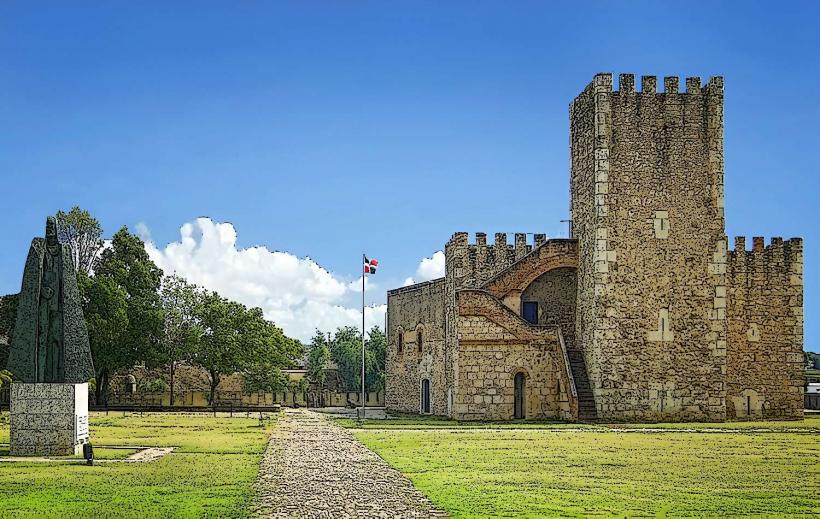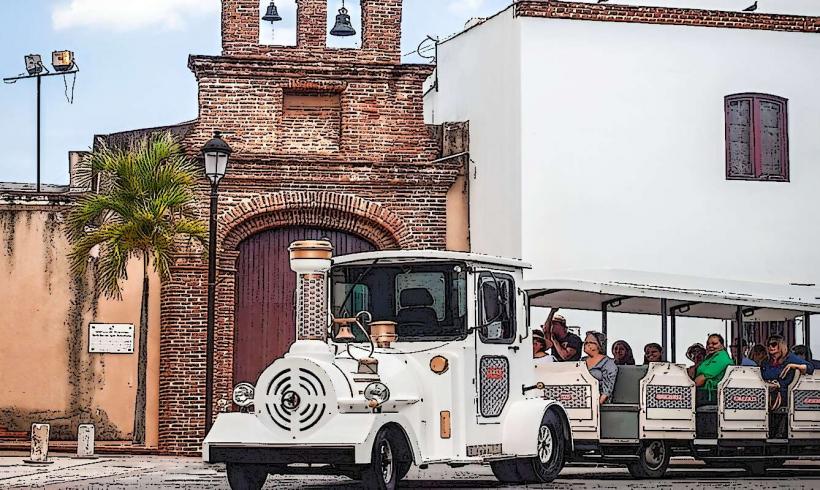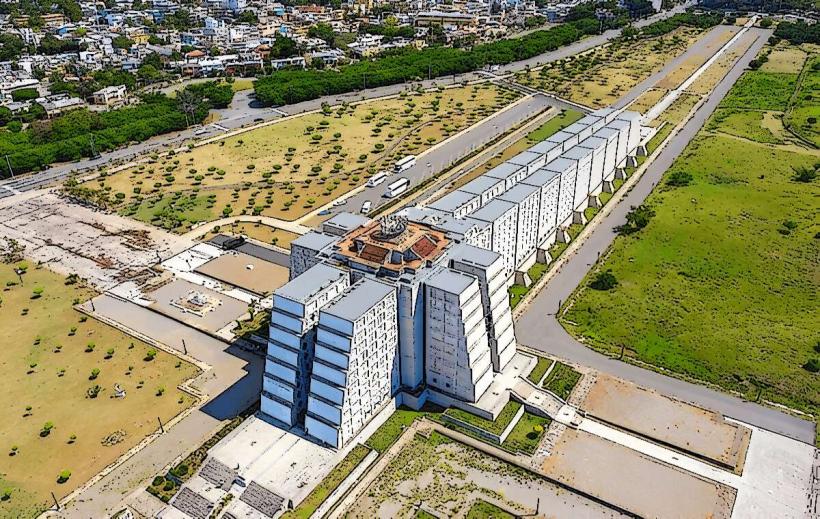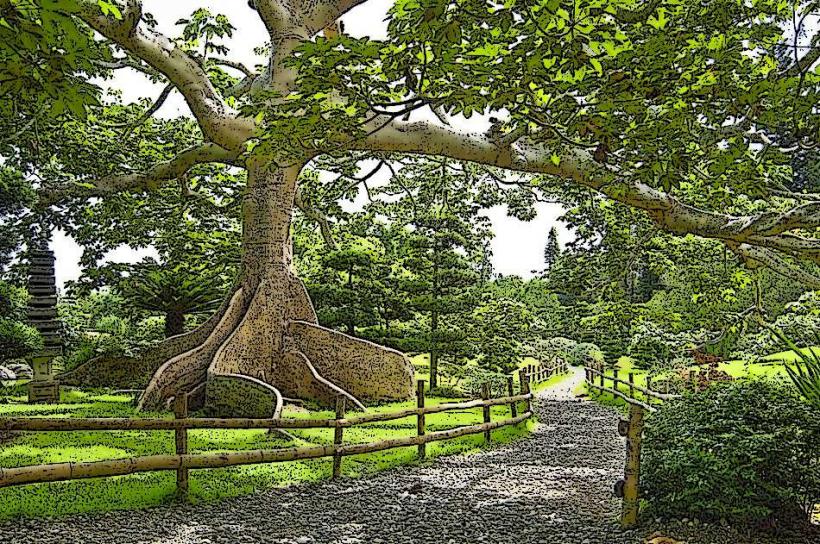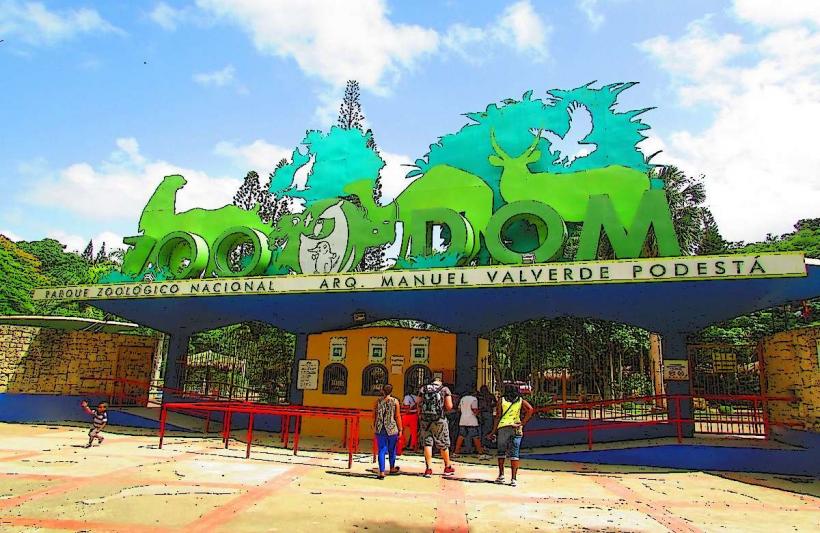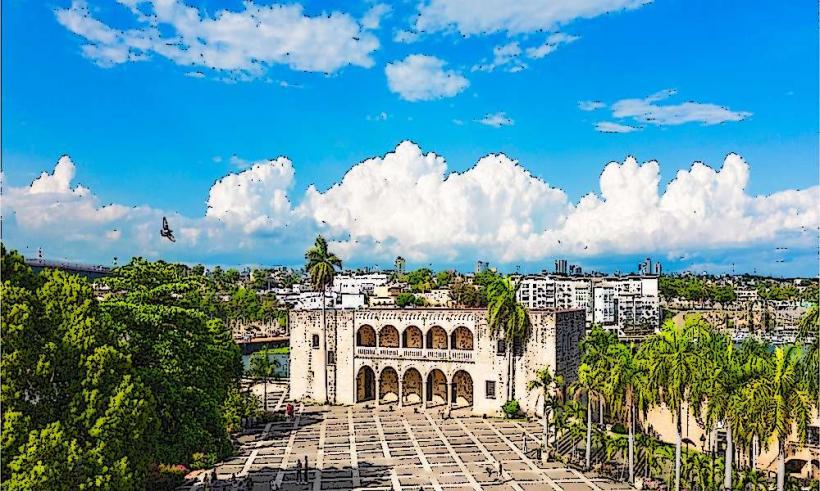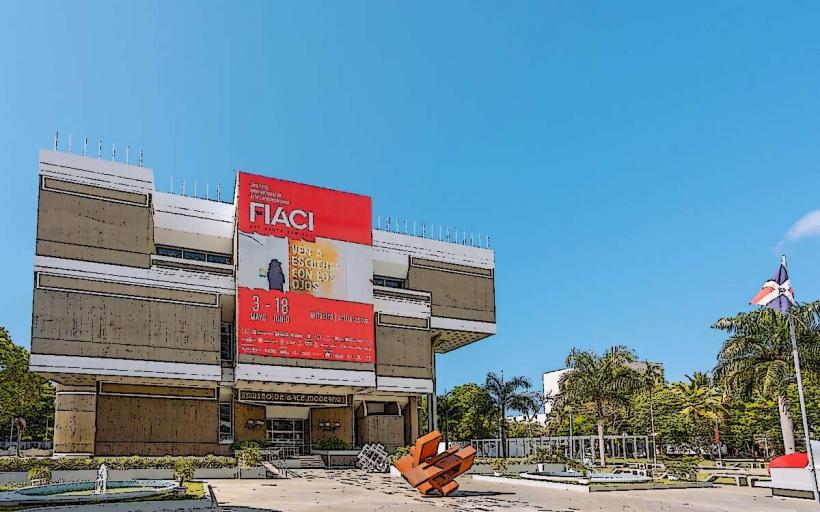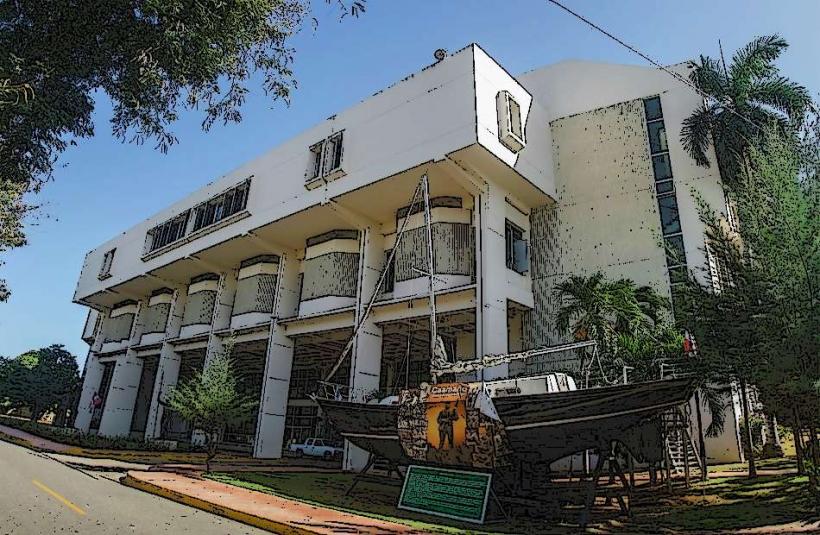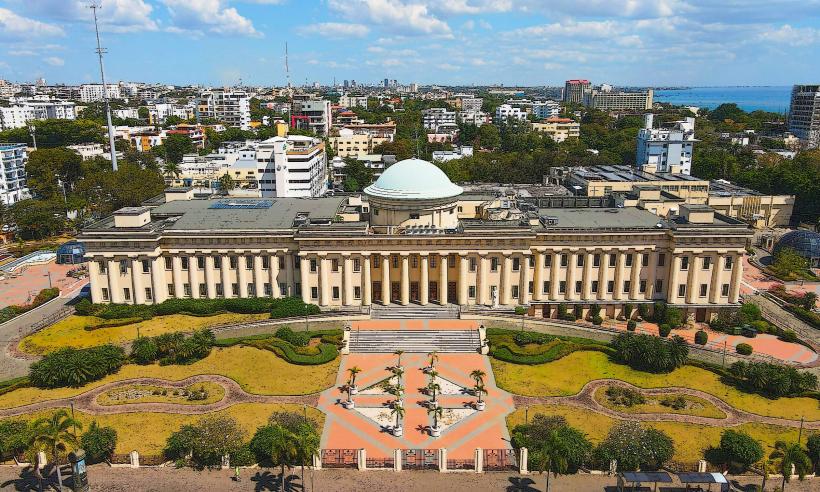Information
Landmark: Cathedral of Santa María la MenorCity: Santo Domingo
Country: Dominican Republic
Continent: North America
The Cathedral of Santa María la Menor (Catedral Primada de América) is the oldest cathedral in the Americas and one of the most iconic landmarks in Santo Domingo, Dominican Republic. It is located in the heart of the Colonial Zone, a UNESCO World Heritage Site, and stands as a symbol of the Spanish colonial presence in the New World. The cathedral has not only historical and architectural significance but also remains a center of religious life in the Dominican Republic.
Historical Background
Construction and Founding: The Cathedral of Santa María la Menor was founded by Pope Paul III in 1512 and completed in 1540. Construction began under the direction of Spanish settlers in the early 16th century, making it the first cathedral to be built in the Americas. The cathedral was built in honor of the Virgin Mary, with its dedication to Santa María la Menor symbolizing the beginning of Christianity in the New World.
Architectural Evolution: While construction began in the early 1500s, the cathedral underwent various renovations and modifications over the centuries, reflecting changes in architectural styles, religious priorities, and the city’s evolving needs. The design of the cathedral is influenced by Gothic, Renaissance, and Baroque styles, with some later additions in Neoclassical elements, which make it an important example of colonial architecture.
Role as the Episcopal See: The cathedral was the seat of the Archbishop of Santo Domingo, which made it the most important religious institution in the Dominican Republic during the Spanish colonial era. It played a key role in spreading Catholicism throughout the Caribbean and the Americas.
Architectural Features
1. Exterior Design
- The cathedral’s façade is a blend of Gothic and Renaissance architectural elements. The front features three grand doors and ornate carvings, showcasing scenes from the life of Christ and various saints. Above the main entrance, you can find a large rose window, a typical feature of Gothic architecture.
- The bell towers are imposing, though one tower is notably taller than the other. The asymmetry adds a unique character to the cathedral's design. The towers were initially intended to be identical, but construction constraints led to this difference.
- The facade and sidewalls are made of limestone, giving the cathedral a light color that stands out against the surrounding buildings in the Colonial Zone.
2. Interior Design
- The interior of the cathedral is just as impressive, with its high vaulted ceilings, arches, and stone columns that reflect the grandeur of the Gothic style. The space is vast, with a sense of openness that contrasts with the solid, fort-like exterior of the building.
- The altar is a focal point of the cathedral, elaborately decorated with intricate woodwork and gold accents. The altar is dedicated to the Virgin Mary, in keeping with the cathedral's dedication to Santa María la Menor.
- The cathedral houses several chapels, each dedicated to different saints and figures of Christian tradition. These chapels are richly adorned with religious icons, statues, and artwork.
3. Crypt and Relics
- The cathedral is home to a crypt, which contains the tombs of several prominent figures from the early colonial period. One of the most notable figures interred here is Diego Colón, the son of Christopher Columbus, who played a significant role in the early history of the Americas.
- In addition to Diego Colón, the crypt holds the remains of other members of the Columbus family, further cementing the cathedral’s historical importance.
- The relics housed in the cathedral are an important part of its legacy. The cathedral's rich collection of sacred objects includes artifacts, paintings, and gold items from the colonial period, reflecting the artistic and religious heritage of the time.
4. Art and Stained Glass
- The cathedral features beautiful stained-glass windows, which depict scenes from the life of Christ, the Virgin Mary, and various saints. These windows, although not original, have been crafted in a style that complements the cathedral's overall architectural aesthetic.
- The wooden altarpiece and other artwork within the cathedral are fine examples of the Baroque and Renaissance periods, demonstrating the blend of European styles with the resources available in the Americas.
Role in History and Culture
Religious Significance: As the first cathedral in the New World, the Cathedral of Santa María la Menor holds immense religious significance. It was a focal point for the Catholic Church in the Americas, serving as the site for numerous important ceremonies, including royal visits, baptisms, weddings, and funerals. It was also the site of important synods and ecclesiastical events during the colonial period.
Historical Importance: The cathedral has witnessed centuries of Dominican history, including the arrival of Columbus in the Caribbean, the colonial expansion of the Spanish Empire, and the later struggles for independence in the 19th century. It is not only a religious landmark but also a symbol of the country’s complex colonial past.
Cultural Heritage: Today, the cathedral continues to serve as an active place of worship and is a vital part of the community in Santo Domingo. It is also a central point for tourists visiting the city, who come to admire its architecture, learn about its history, and reflect on its importance in the spread of Christianity throughout the Americas.
Nearby Attractions
- Parque Colón (Columbus Park): Located just outside the cathedral, Parque Colón is a vibrant square that features a statue of Christopher Columbus. The park is a popular gathering spot for locals and tourists alike and is surrounded by historic buildings.
- Alcázar de Colón (Columbus Palace): Just a short walk from the cathedral, the Alcázar de Colón was the residence of Diego Colón, son of Christopher Columbus. This historic palace is now a museum showcasing colonial-era artifacts.
- Museo de las Casas Reales: Also near the cathedral, this museum is housed in a former royal palace and offers exhibits on the history of the Spanish colonial administration in the Dominican Republic.
- Fuerza de Ozama: The Ozama Fortress, one of the oldest military buildings in the Americas, is located nearby and offers a glimpse into the military history of the colonial era.
Practical Information for Visitors
- Location: The Cathedral of Santa María la Menor is located in the Colonial Zone of Santo Domingo, specifically in Parque Colón.
- Opening Hours: The cathedral is typically open to visitors from 9:00 AM to 5:00 PM, but the schedule may change for religious ceremonies. It is advisable to check ahead if planning to visit during specific times.
- Admission: There is generally a small entrance fee for tourists wishing to explore the cathedral. Visitors are encouraged to dress modestly out of respect for the religious nature of the site.
- Guided Tours: Guided tours are available in Spanish and English to provide additional context and history about the cathedral's significance.
Conclusion
The Cathedral of Santa María la Menor is a must-visit landmark in Santo Domingo, offering insight into the Dominican Republic’s colonial past and religious history. Its impressive architecture, historical importance, and spiritual significance make it a vital piece of the Colonial Zone. Whether you’re drawn by its beauty, its role in the history of the Americas, or its ongoing religious importance, the cathedral provides a profound experience for all who visit.

